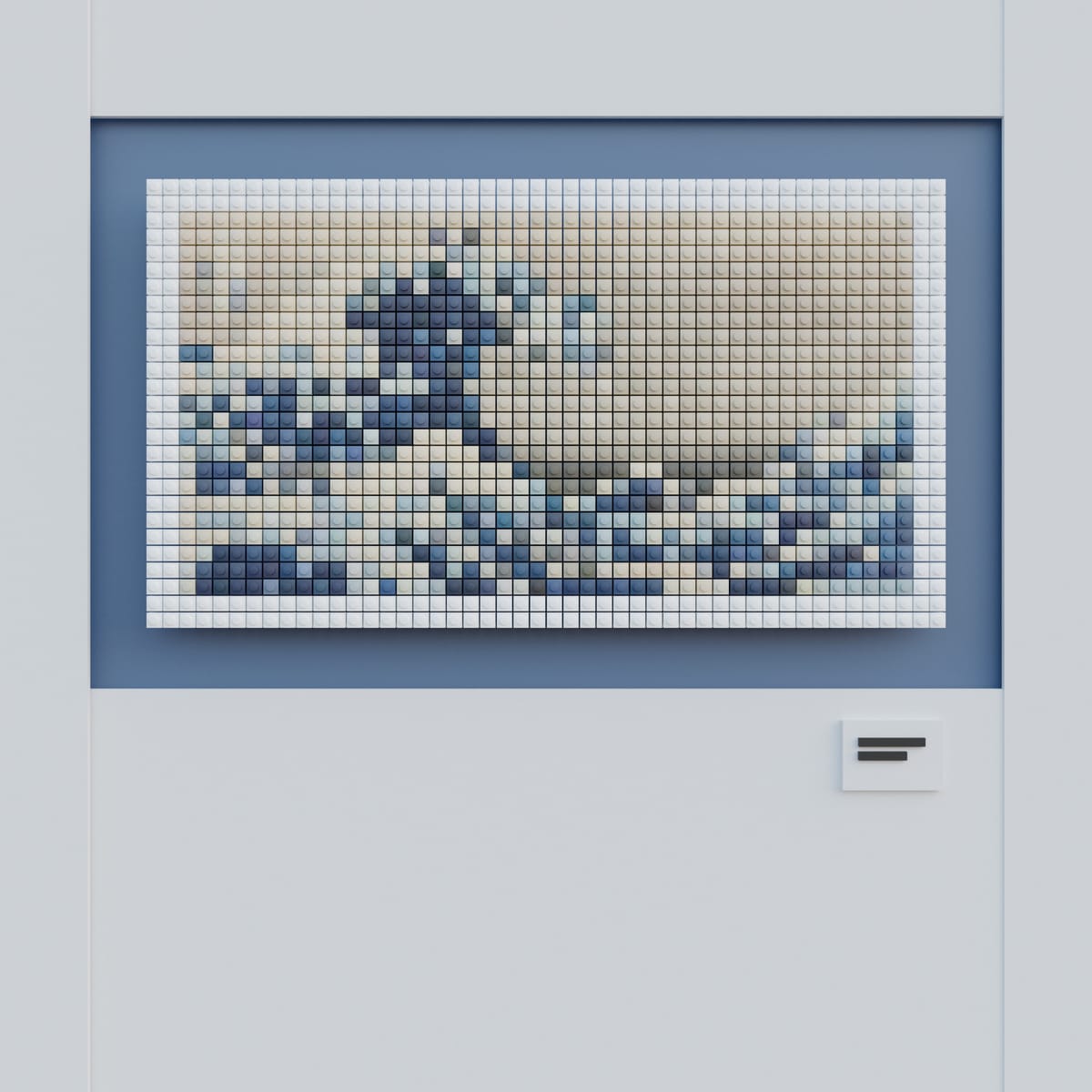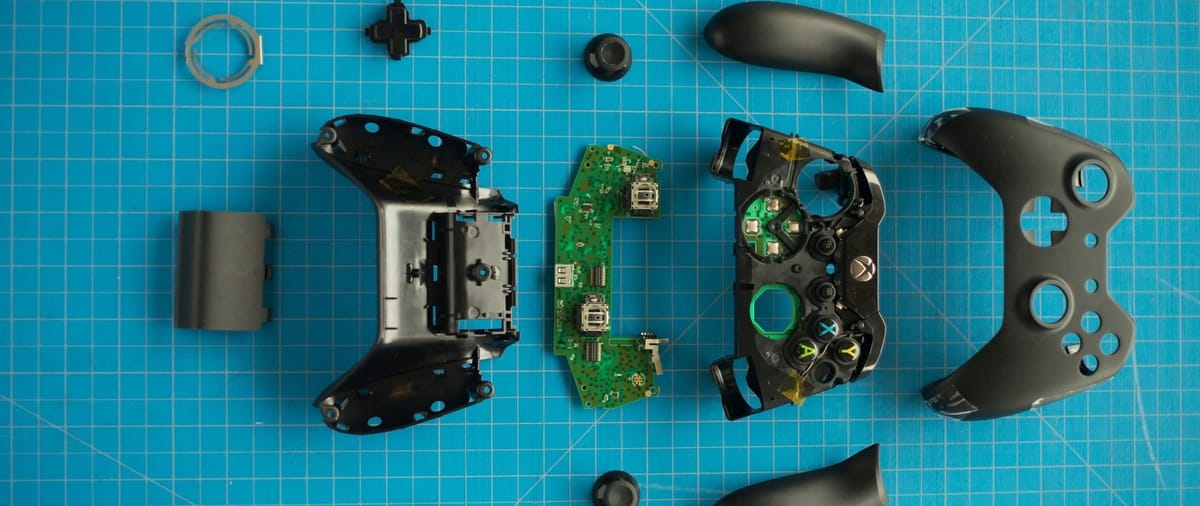Welcome! This is, perhaps, the first of TestLauncher's series of online, hands-on workshops in testing. We'll focus on testing work that interests people who are operating in a curious, thoughtful, exploratory way.
Topics and dates
- Tuesday 23 January, 11am ET, 4pm GMT: Exploration
- Later?: Diagnosis
Logistics and links
We'll be online, and will use the same Zoom space each time:
Meeting ID: 868 9580 3834, Passcode: 755133 .
We will use Miro to share results and other output.
Here is our shared Miro board – it's currently public, and I will restrict it to specific email logins on request.
A typical session will include 5-10 mins lecture-style, 20 mins group and solo exercises, 20 mins debrief + exchange, 5 mins refresh, open forum.
I'm James Lyndsay. My email is jdl@workroom-productions.com. My phone is +447904158752.
What to expect, what to bring
Equipment
This is a hands-on, online workshop. You'll need a laptop with a modern browser and an internet connection. Ideally, you'll need enough screen space to be able to see / hear Zoom, and to interact with the Miro board, and with the thing you're testing. You may want to use a couple of devices.
I'll have my camera on; please do whatever makes you comfortable, and allows you to communicate most easily with your group, or with me (if you're talking with me).
If you don't have access to a laptop, you'll be able to get some value using a tablet. You'll even be able to get some hands-on experience using a smartphone...
Working
We'll be in and out of breakout rooms for group work. We'll use Miro as a record of what we've done. Do work alone if you prefer – the exercises should have alternatives for group and solo participation. Please do join whole-group conversations.
We'll learn best from experience, and from each other, so there will be plenty of chances to share your work with the room, and to discover how others approach the problems.
Tools and technology
You do not need to read or write code, nor to install tools. You are welcome to use your own tools. For instance, you might use excel to generate data, browser tools to check out decision flow in the system under test, datagraph to analyse its responses.
Exploration
We explore in order to find.
As testers, we typically hope to find important and unexpected truths, so that we can change our understanding of a system.
Things to play with beforehand
Here are things for before the workshop – stuff to play with, to imagine, to read. It's entirely optional: follow your interests and your mind may be more open to learning from the workshop.

Stories to share
under 10 mins
Between now and the workshop, keep an eye out for moments in your testing when the system changes you with revelations, new models, diagnoses.
If you've got a story to tell, put a line in the chat (zoom chat is open now), and we'll turn to you.
If you prefer something to read:


Things to review afterwards
These should help you review some of the material we've covered in the workshop:



Here are the exercises. To get a group experience, play at the same time as everyone else, talk and use the Miro board.
Discovery
Raster Reveal
This exercise / toy lets us easily access the experience of discovery. Use it to assess the ways that you recognise and react to that experience.
Exercise: Raster Reveal
1-minute exploration, short debrief, repeat 2-3 times
Play with the image: move over parts where you want to see more.
Then we'll talk about it. Some questions:
- When did you know what you were looking at?
- How did you know?
- Did you think it was one thing before revealing another?
- How could you describe your actions? Would your actions transfer to another person? Another picture?
- What role do your knowledge, skills and judgement play in exploring this?
How we Explore, as Testers
In this, we'll dig into a few work stories.
Exercise: Sharing Exploration
5 mins writing, 5 mins sharing
Head to the How I Explore section on the Miro board. Work solo or in pairs.
Add a note about some artefact of a system that you have explored – include something about tools you use, the context you need, what you're looking for. Put your name on the note if you're open to talking about it.
Be specific, and be true – and if you don't want to describe exploring a system, describe an exploration of something else. If in pairs, one person talks, the other types.
When we share, we'll talk about:
- What were you looking for?
- What did you learn?
- Did you change your ideas about the thing you were exploring?
- How did you know when to stop? Could you have kept going?
James' examples (on the board)
- I used grep to find regex code used in a codebase, extracted that to a text editor, and explored the collection using text search (and inspection) to look for unexpected instances of a known problem.
- I used devtools to explore the resources loaded by a published page, trying to work out from a missing image whether I'd actually used the page.
- I watched file ingestion logs and CPU usage on a simulated live system, looking for CPU spikes and trying to reliably identify the processes which spiked and the files they were processing at the time.
Making Models to Understand Systems
In these exercises, you'll gather information and try to make a model of what you find. Listing observations is just the start.
Exercise: Puzzle 13
3 minutes exploring solo or in groups, 3 mins debrief
- Open Puzzle 13 – it has buttons (on the left) and lights (on the right)
- Play with the buttons, watch the lights
- Purpose: What does the middle button do to the lights?
Debrief – exchange answers
Think about – how did you reach that answer?
Exercise: Puzzle 22
3 minutes exploring in pairs or solo if preferred, 3 mins debrief
- Open Puzzle 22. It's been reported that sometimes, the button doesn't work
- Purpose: What might this report mean?
Debrief – exchange answers
Think about – how did you reach that answer?
Exercise: Puzzle 31
5 minutes exploring solo or in groups, 5 mins debrief
- Open Puzzle 31.
- Play with the white buttons – observe which lamps light.
- Group your observations by lamp, but by button.
Debrief – what groups have you got? Can you summarise?
We'll look at hypotheses and evidence, and at how this framework aimed you towards a particular model.
1. Click on the ▶ (right-pointing triangle) to the left of a heading to unfold / fold a whole section.
2. Click on an exercise in a box to see the exercise.
3. Links that look :like this will expand to give more detail.
Footnotes
(mostly hidden, and shown by the :links above)
:x Show Off Expand
I'll generally use this to show more details, sometimes from other pages on this site.
To close, click on the link again, or on the x in the bottom centre of the callout box.


